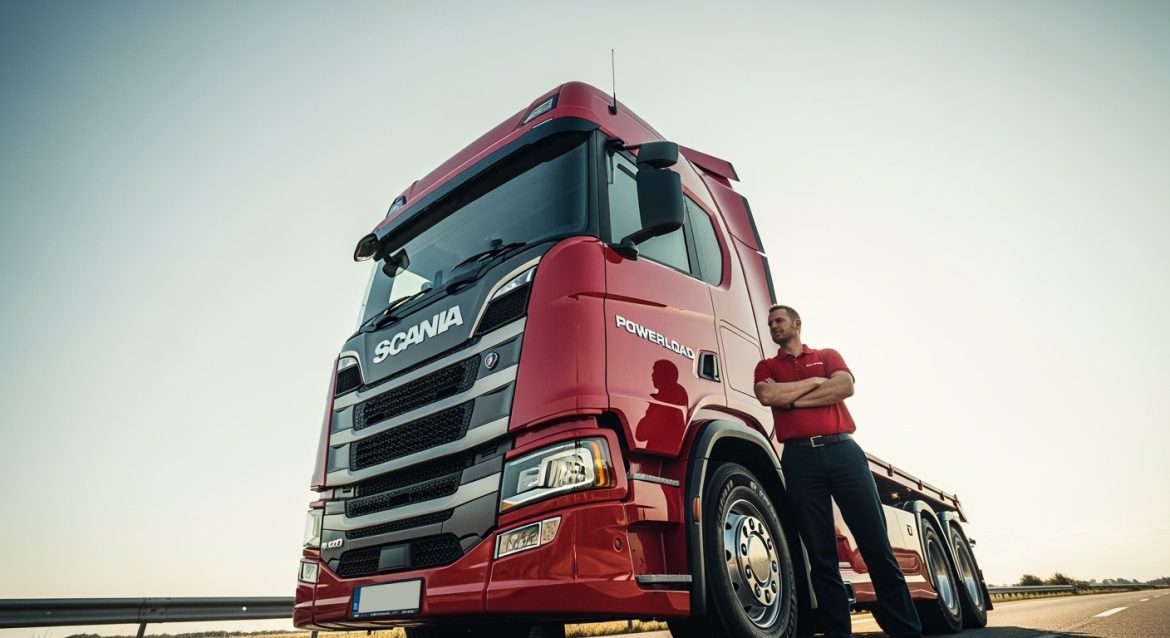With the wisdom that experience brings, Manuel and Antonio, before starting the truck in the morning, give it a wheel-by-wheel inspection with utmost meticulousness.
They are those drivers to whom nothing goes unnoticed. They have a small logbook for each tire: when it was fitted, the air pressure, how they maintained the pressure, and if it had any punctures. I laugh because it’s a clinical history, which also states when and where they bought it, how much it cost them. What meticulousness! But this has earned them excellence. And they have plenty of good experiences to advise other heavy vehicle drivers.
For a professional driver, the golden rule is tread depth. On the steering axles, you must never go below 1.6 mm, and on the others, the legal minimum is 1 mm. However, for real safety, especially on wet roads, your mental limit should be 3 mm. Worn tread loses grip and dangerously increases the risk of aquaplaning (where the tire loses contact with the pavement and slides on water), endangering your load and others.
Your daily visual inspection is crucial. Before moving, check for any cuts, cracks, bulges, or nails. It is strictly forbidden to drive with any damage that reaches the tire’s internal structure. Remember that on the same axle, you cannot mix radial and diagonal (bias-ply) tires. The safest and most recommended practice is for them to be exactly the same: same size, brand, and model.
Likewise, the matter of tire pressure is not just a recommendation, it is a safety obligation. Incorrect pressure, whether overinflated or underinflated, causes irregular wear, reduces the stability of the loaded truck, and can lead to a blowout. This is why you must check it weekly with a reliable pressure gauge, always when cold, and adjust it according to the load you are carrying.
In winter, the law is clear: in snow or ice conditions, or where signposted, the use of chains or, much better, winter tires (with the M+S marking or the three-peak mountain snowflake symbol) is mandatory. Ignoring this regulation can not only result in a fine but also risk leaving you immobilized in a high-risk situation.
Remember that violating these rules entails fines of €200 for each faulty tire, and officers can immobilize the vehicle until the problem is resolved. Proper maintenance is not just a legal formality; it is your primary guarantee of safety on the road to protect your life, your vehicle, and your cargo.
The Crucial Importance of Homogeneity
Beyond the prohibition of mixing radial and diagonal tires, homogeneity extends to the tread pattern design. Even tires of the same size but with different patterns (e.g., one with a directional pattern and another with an asymmetric pattern) can behave radically differently under braking or in wet conditions. Mounting them on the same axle compromises stability, as each one evacuates water and responds to cornering forces unevenly, increasing the risk of loss of control, especially when the vehicle is loaded.
Load and speed are also pillars of homogeneity. Both tires on an axle must have exactly the same Load Index (LI) and Speed Rating (SI). Mounting one with a lower capacity is extremely dangerous, as that tire could suffer a structural failure due to overload or overheating, jeopardizing the safety of the whole assembly. These indices must meet, at a minimum, those specified by the vehicle manufacturer.
Finally, the degree of wear should be as similar as possible. A nearly new tire alongside a very worn one on the same axle creates a significant difference in diameter. This can strain the differential, cause irregular braking, and in vehicles with stability control (ESP) or anti-lock braking (ABS) systems, it can interfere with their correct operation by sending conflicting signals, negating part of their electronic assistance in an emergency situation.
Have any thoughts?
Share your reaction or leave a quick response — we’d love to hear what you think!





